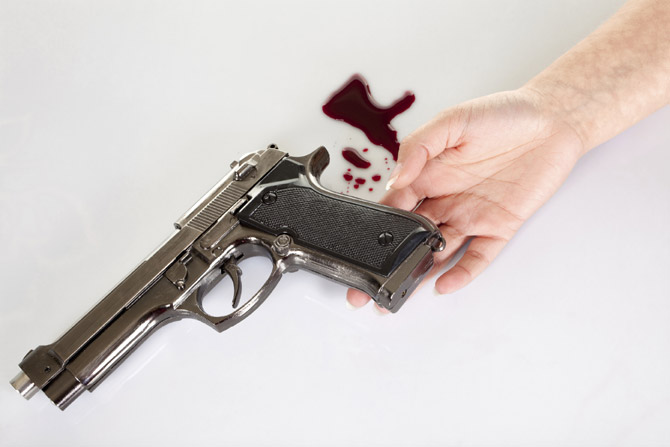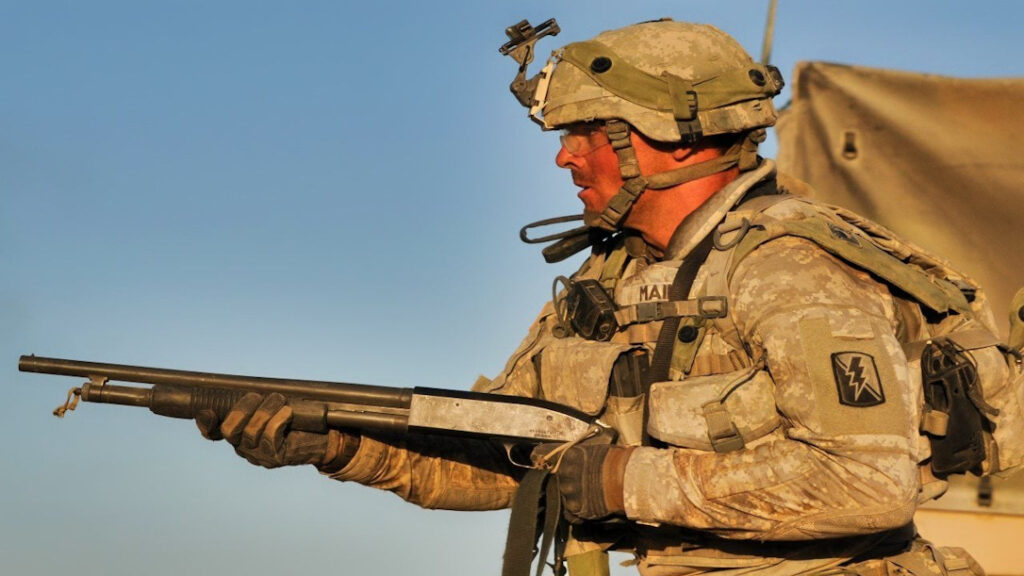With all due respect to Henny Youngman, King of the One-Liners, I mean exactly that in certain cases.
We fight hard against any form of confiscation that denies us our natural right to keep and bear arms in self-defense. That includes opposing all the “red flag” laws so far enacted and proposed. None incorporate adequate or timely due process, and all can and will be abused by government and acquaintances to harass innocent subjects. This is already happening, and one man is dead because of it. We don’t and can’t know if anyone anywhere has been save by these.
Advertisement — Continue Reading Below
However, this shouldn’t be our greatest concern, believe it or not. That’s because approximately 2/3 of all shooting deaths for many years have been suicides, while half of all suicides are by gunshot. Shooting is one of the most lethal ways to attempt suicide—85% of these attempts kill, comparable to jumping from heights. When rumination becomes an impulse to act, an available firearm may serve a final, fatal action.
So there is strong reason to try to get guns out of the hands of anyone thinking of suicide. Aside from the dangerous limitations of current “red flag” laws, there is an even bigger problem. There is no way to know if someone is suicidal without knowing them well, or by their trusting someone sufficiently to share their distress.
Most people who are seriously suicidal have a major depressive illness. Some are personality disordered and their suicidal thinking and threats happen in the service of handling stressful experiences. Occasionally people may have psychotic disorders, with hallucinations telling them they’re worthless and commanding them to remove themselves. Substance abuse raises the risk. But most, no matter what the cause, will show signs of the illness and will indicate their intent to someone in some way. [Note: Rarely, someone communicates a more rational desire to end intolerable, untreatable pain during a terminal illness. This is a very different matter, and not our topic.]
Advertisement — Continue Reading Below
What happens then? Hopefully, they get help. And someone caring removes whatever means by which they are contemplating killing themselves. This may be surprising, but in most cases the distressed individual will appreciate the intervention.
Unless someone already has psychiatric help and shares this, most often families and close friends are the first line of defense. Ideally, they will address the problem in both ways.
But: What if they are in a jurisdiction where “transfer” of a weapon is illegal without all the formalities of a commercial sale? For example, background checks, waiting periods, may-issue determinations, etc. Or what if the owner is uncomfortable with giving over firearms to whoever is intervening, for whatever reason?
Advertisement — Continue Reading Below
There is an excellent solution to these dilemmas, which can be exercised by willing gun owners who may need temporary protection from their own impulses. Hold My Guns is a new non-profit that is taking on the mission of enlisting gun shops and FFLs nationwide as places to hold firearms for people who shouldn’t have them right now. This can be done either at the individual’s request or, with the owner’s permission, for those who are intervening. This is absolutely voluntary and has no legal implications whatsoever. MUCH better than the government getting involved, which should be the last resort whatever the law prescribes.
While there is nothing new under the sun, Hold My Guns is the first attempt to develop a national network of collaborating FFLs who can be identified at need anywhere. Check out their brochure here. Smaller projects have been in progress in Vermont, Colorado and Washington State with encouraging results.
There is now empirical data supporting the need for this. Just published in Annals of Internal Medicine, “Firearm Storage Maps: A Pragmatic Approach to Reduce Firearms Suicide” appeared January 21. Authors Kelly, Brandspigel, Polzer and Betz are from the University of Colorado Schools of Medicine and Public Health. They discovered that there are lots of requests as it is for temporary firearms storage out of the home throughout the Mountain West; about half of all retailers and 2/3 of law enforcement agencies “reported having received storage requests in the past year.” There is no reason to think these calls for help would be not occur as often anywhere else in the country.
Advertisement — Continue Reading Below
The outcome of that finding was the creation, in conjunction with the Colorado Firearms Safety Coalition, of an “[o]nline map of Colorado locations willing to consider voluntary, temporary firearm storage.” 39 retailers and 17 law enforcement agencies have so far agreed to be listed. Any Coloradan can now use the map to find a place nearby that will help.
This work is a true and appropriate public health approach to saving lives at risk from misuse of firearms. In that way, it is comparable to a growing number of urban programs that are trying to identify the individuals most at risk of either committing or becoming the victims of murder. (They are one and the same.) These sorts of interventions focus where they should—on the people at risk, trying to reduce the misuse of weapons and save lives, rather than blaming and imposing on the vast millions of Americans who live quite safely, thank you, with dangerous tools of all kinds at hand, including guns.
Many thanks to Sarah Joy Albrecht, founder and president of Hold My Guns for alerting DRGO to their plan to create nationwide access to urgent safekeeping of firearms for anyone who needs it. She’s at SHOT Show in Las Vegas this week, and would welcome your visiting!
Advertisement — Continue Reading Below
.
.

— DRGO Editor Robert B. Young, MD is a psychiatrist practicing in Pittsford, NY, an associate clinical professor at the University of Rochester School of Medicine, and a Distinguished Life Fellow of the American Psychiatric Association.
Advertisement — Continue Reading Below















